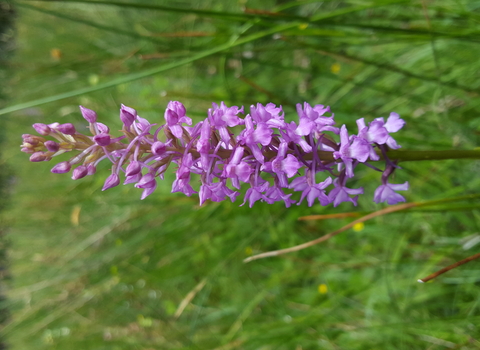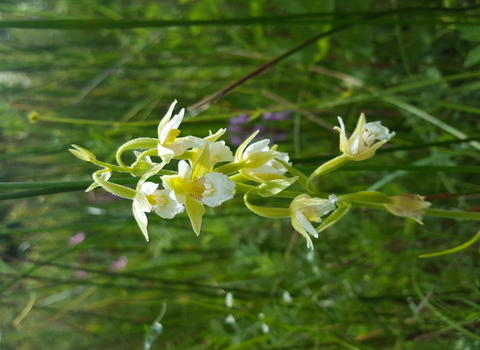Historically, Mapledurwell Fen is regarded as one of the most botanically rich fen-meadow sites in Hampshire, characterised by the unique community of plants that make this habitat, and therefore the site, so special. A 2019 survey recorded 110 species on the reserve. 11 of these are indicator species for old meadows and 9 have specific notable status attached to them.
Some of the most beautiful flowering plants found on the site are orchids, and there are a wide variety found at Mapledurwell. This includes two different colour forms of Marsh Helleborine, a significant population of Marsh Fragrant-orchid and Southern Marsh-orchid and many more.



